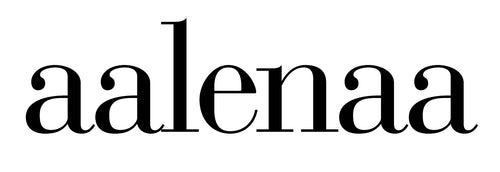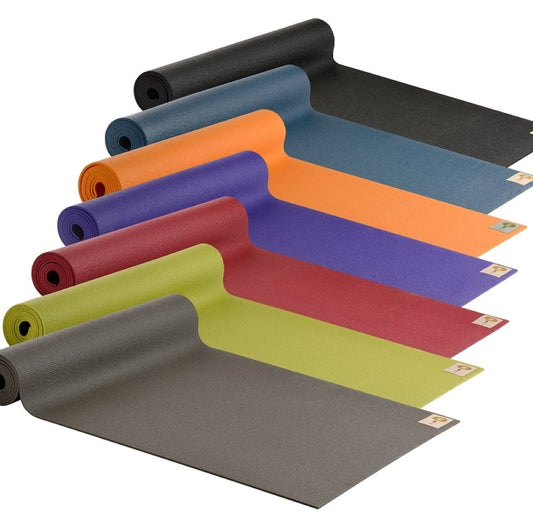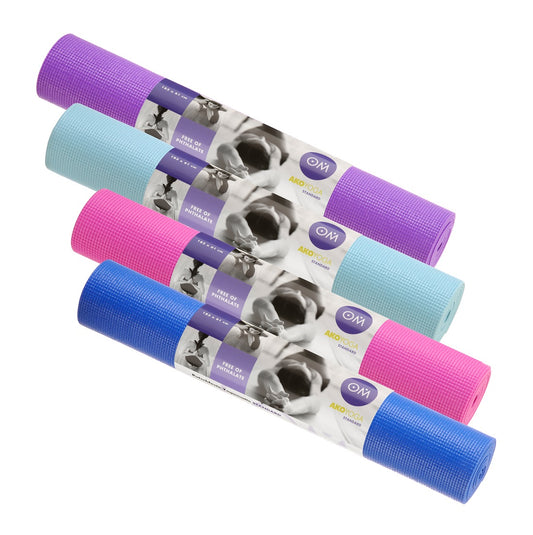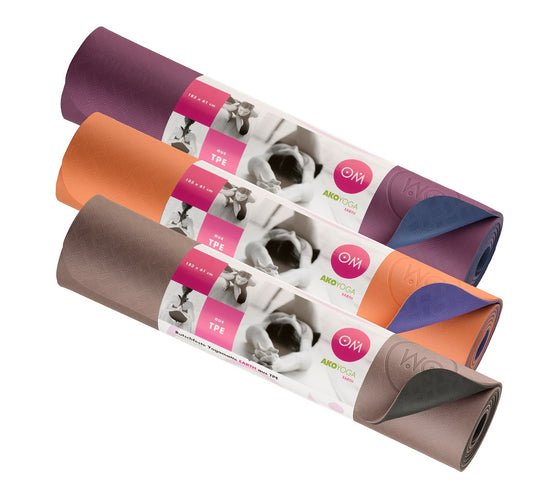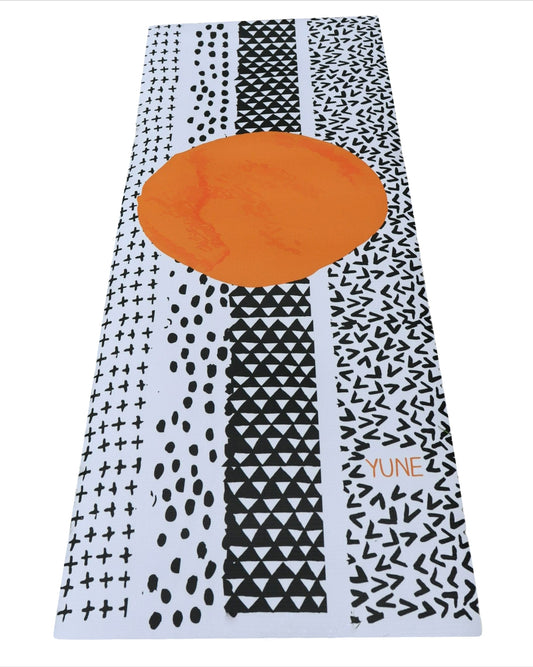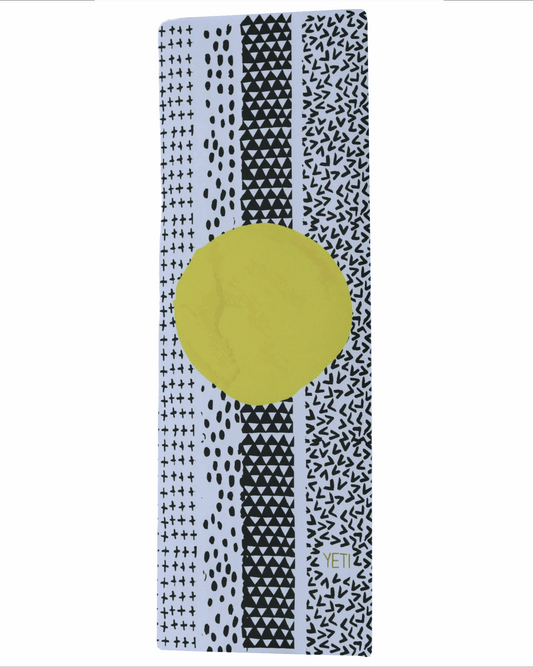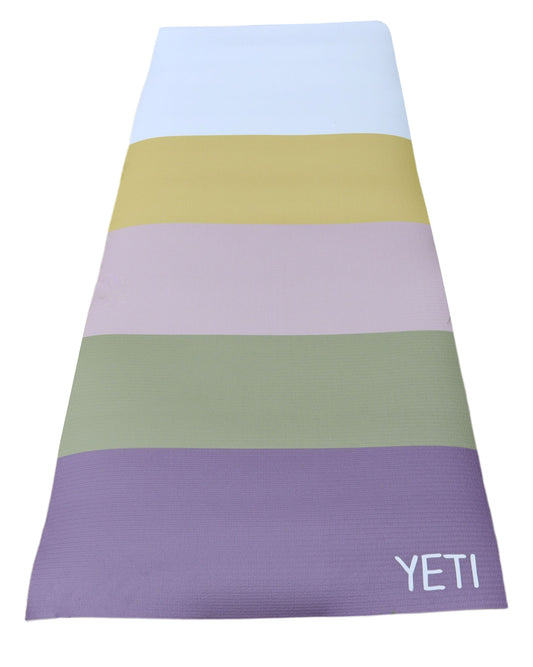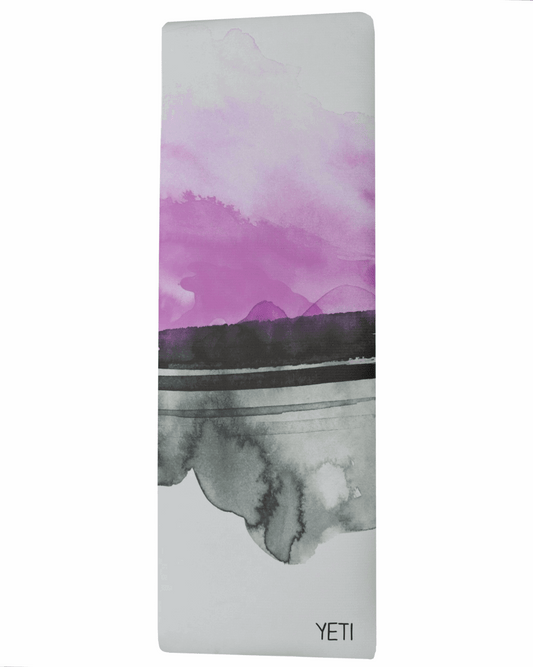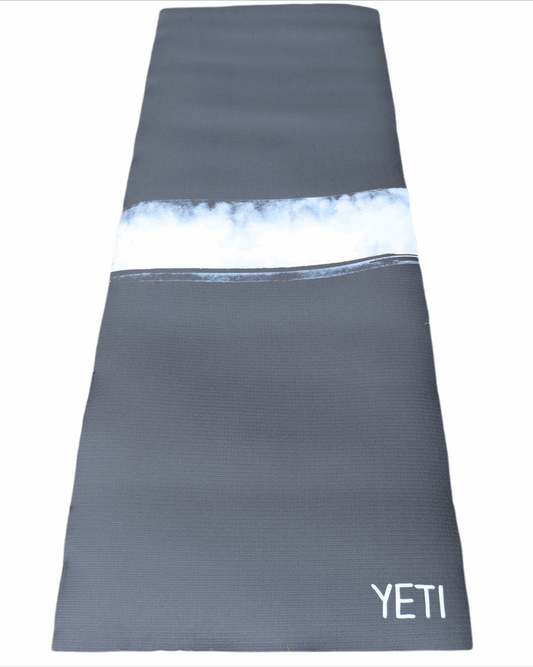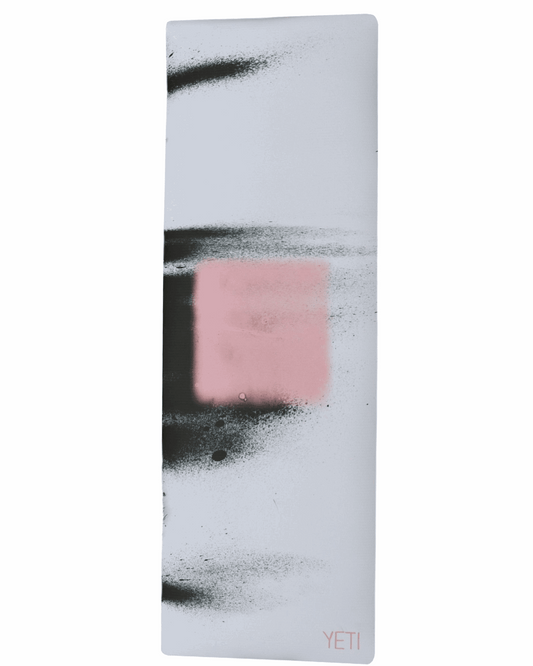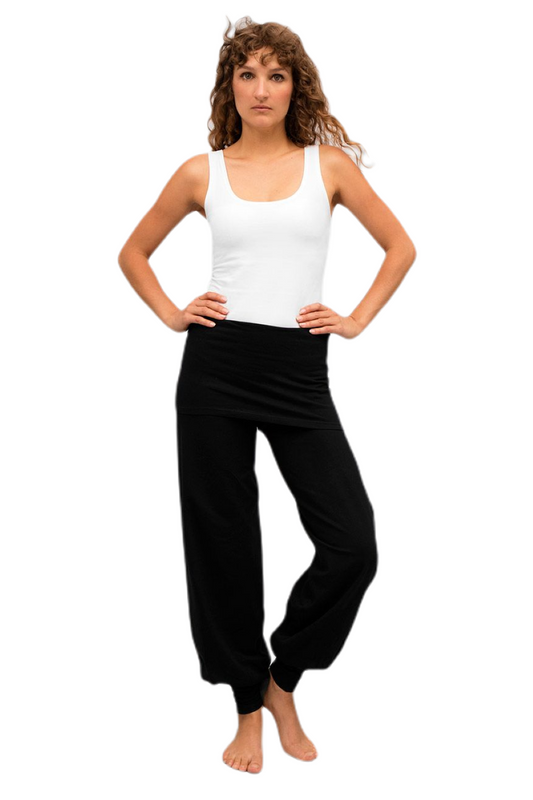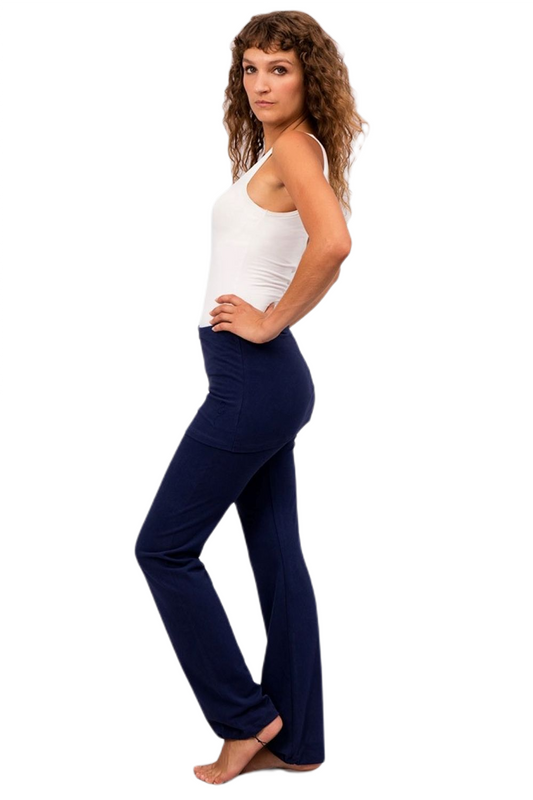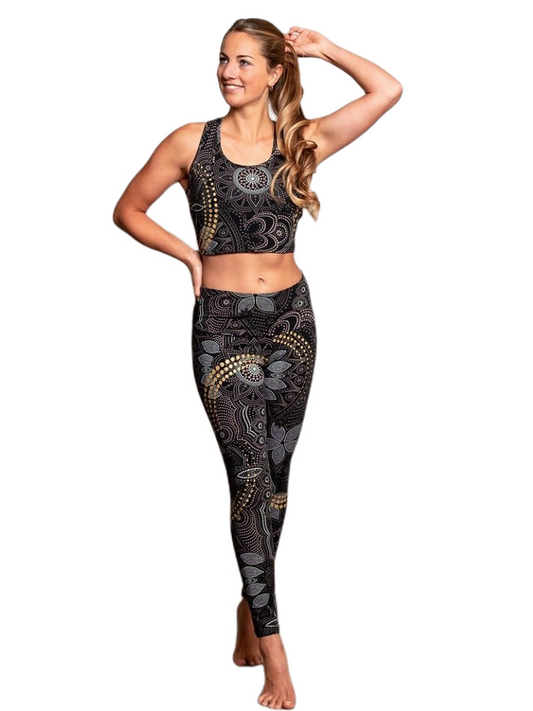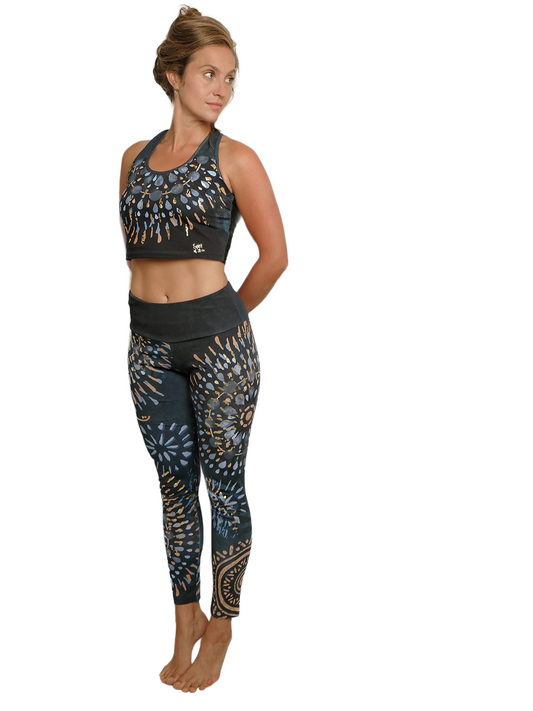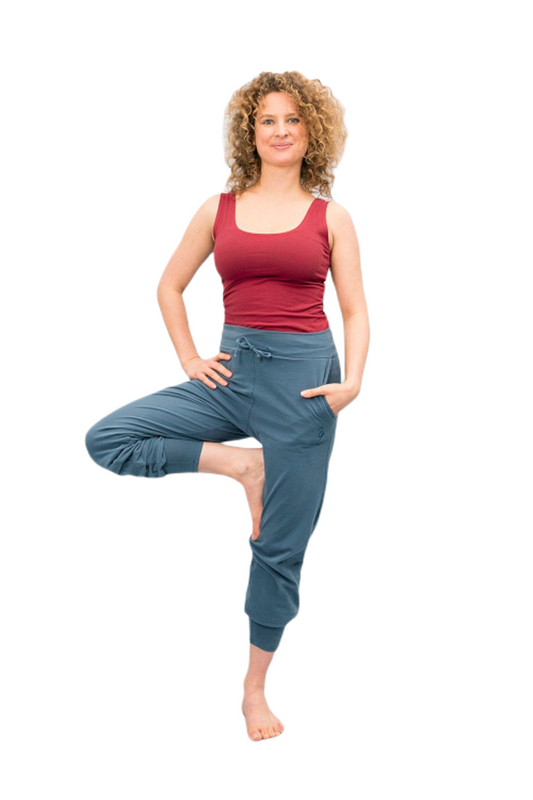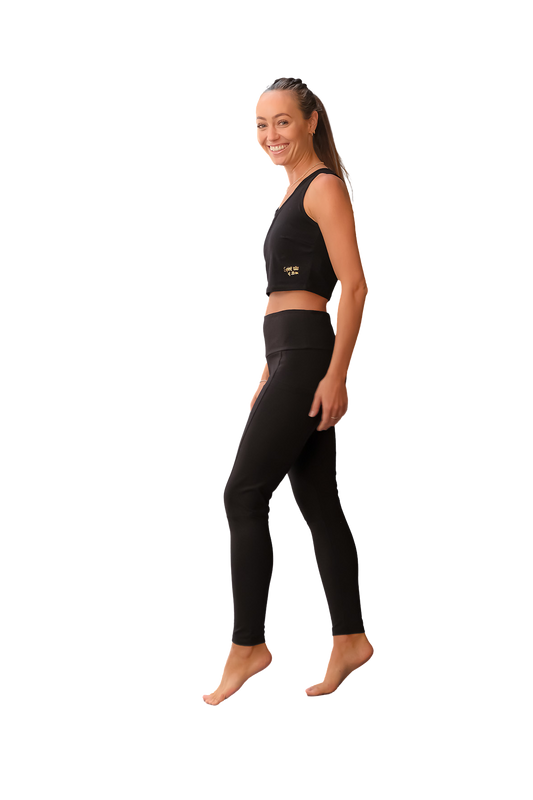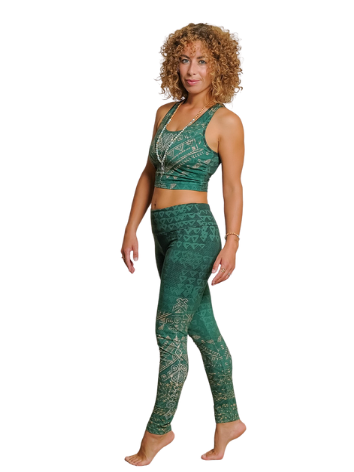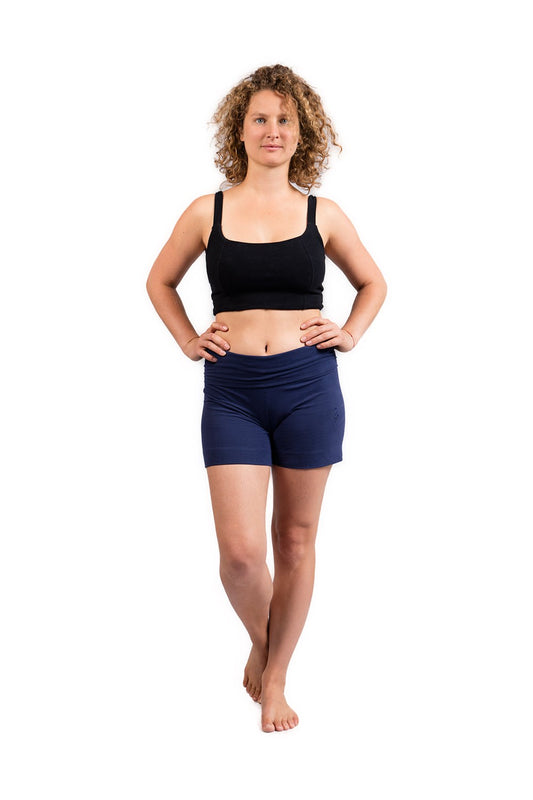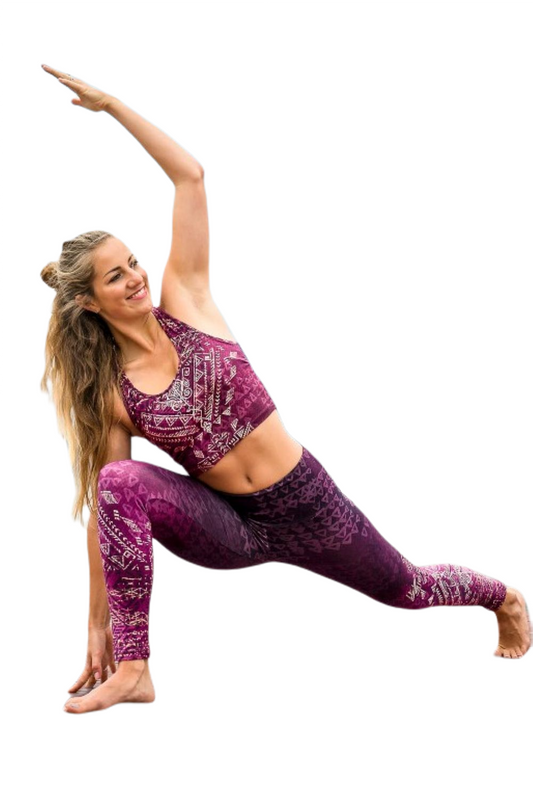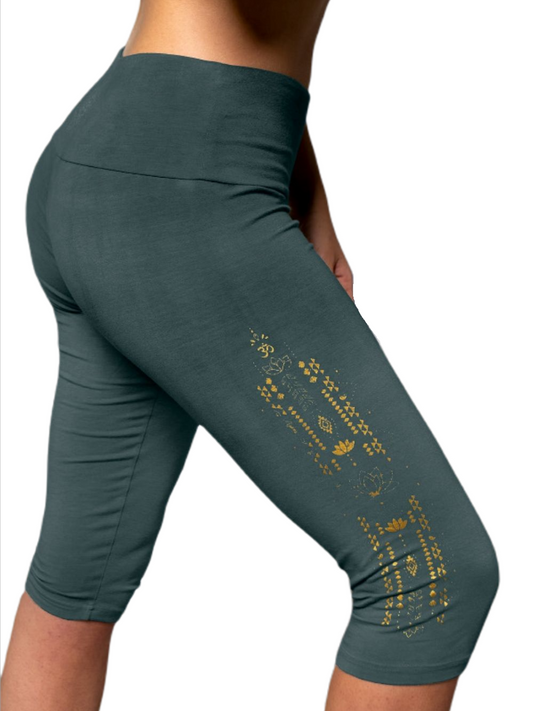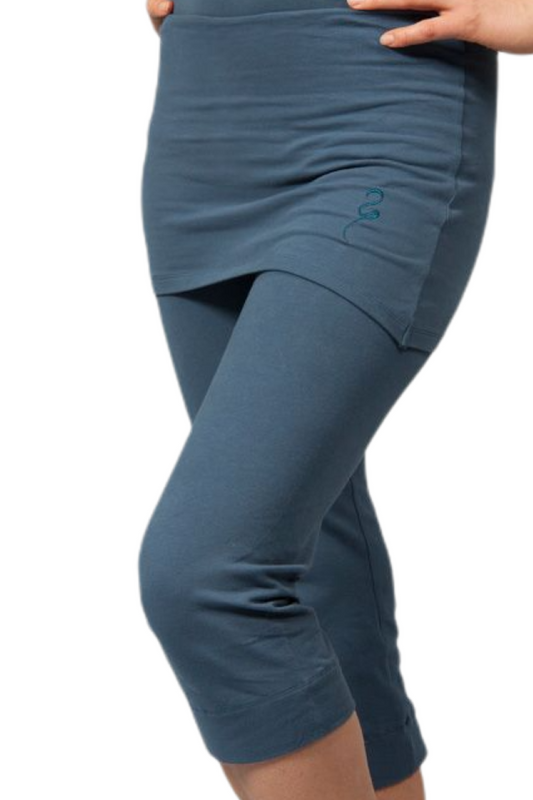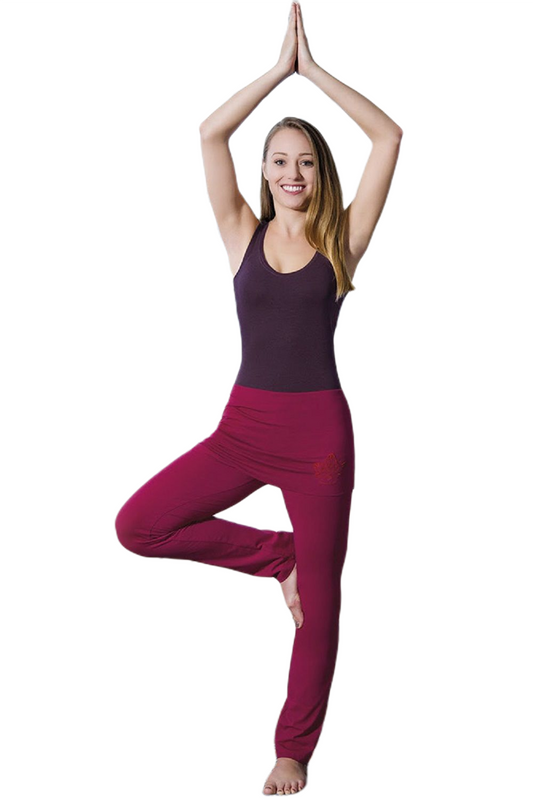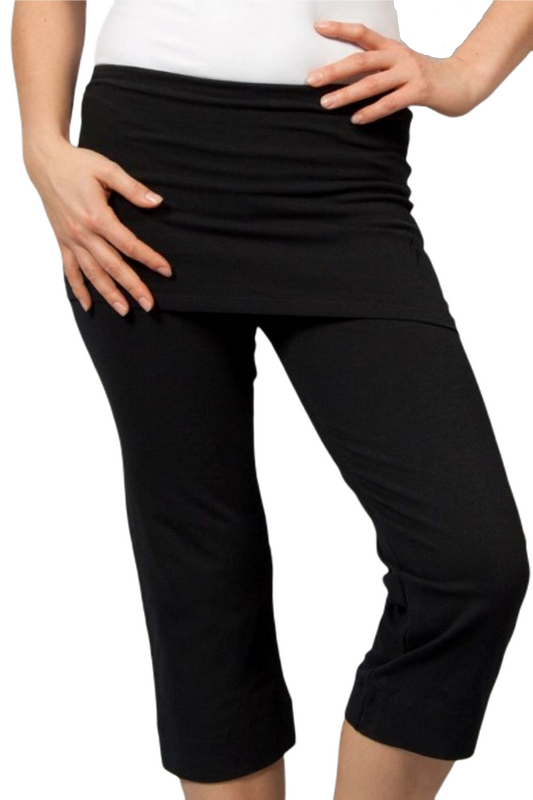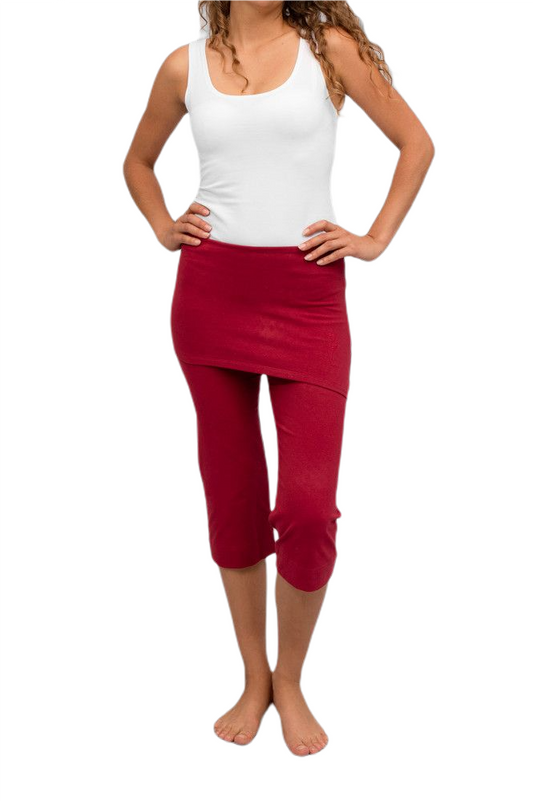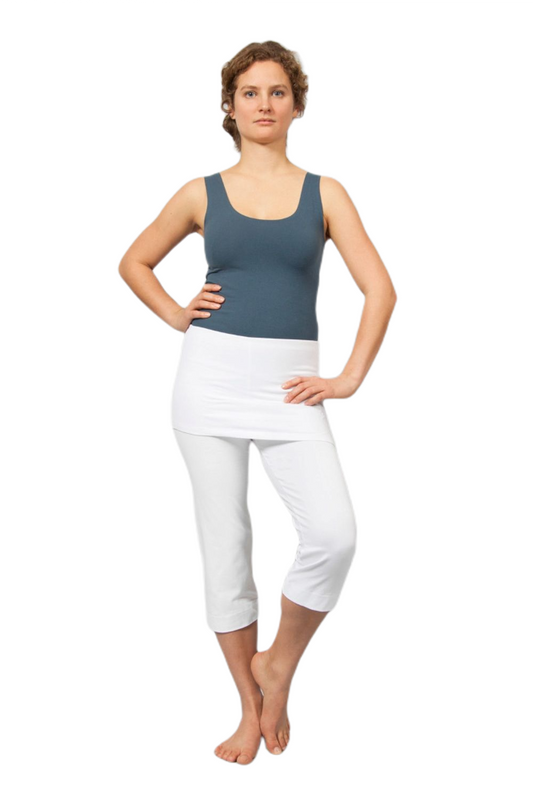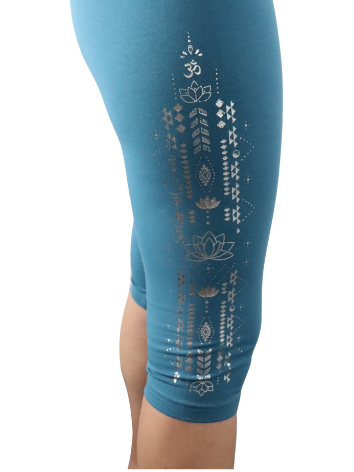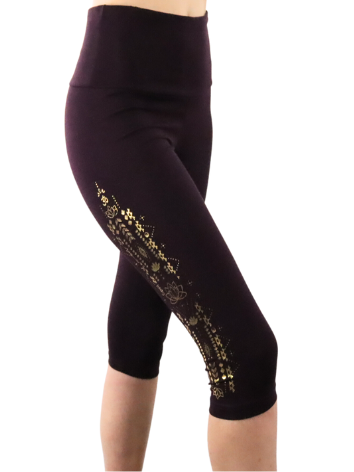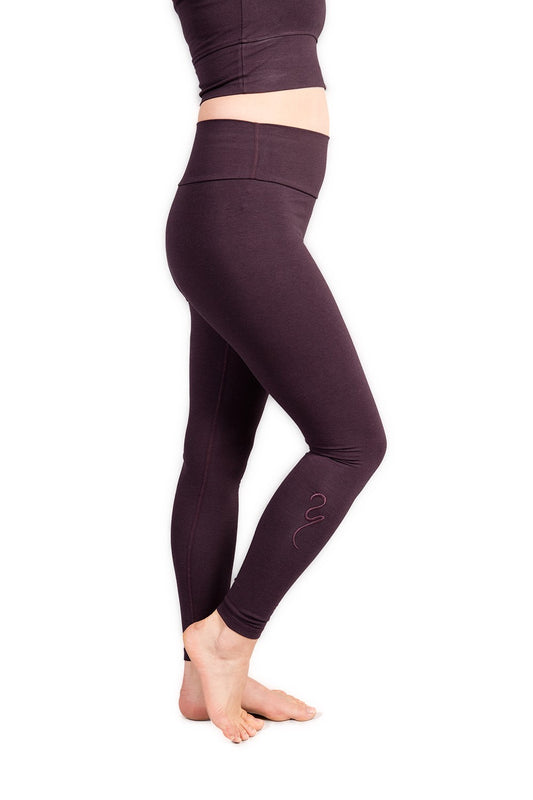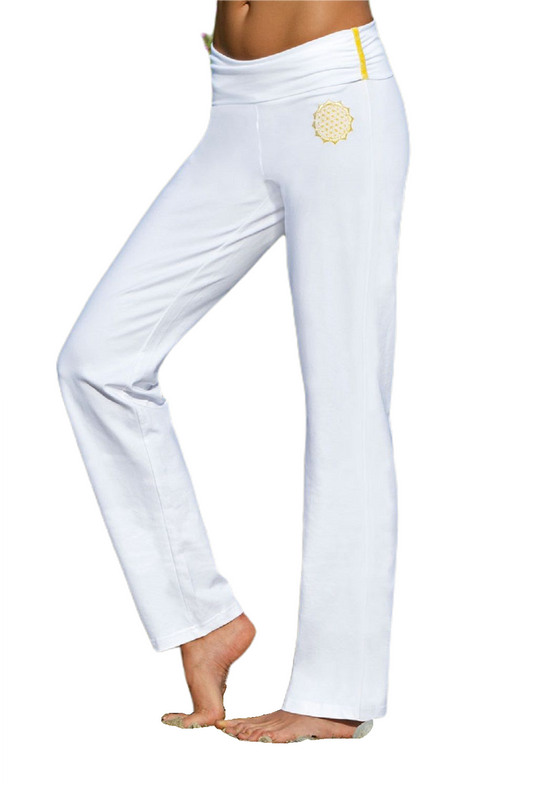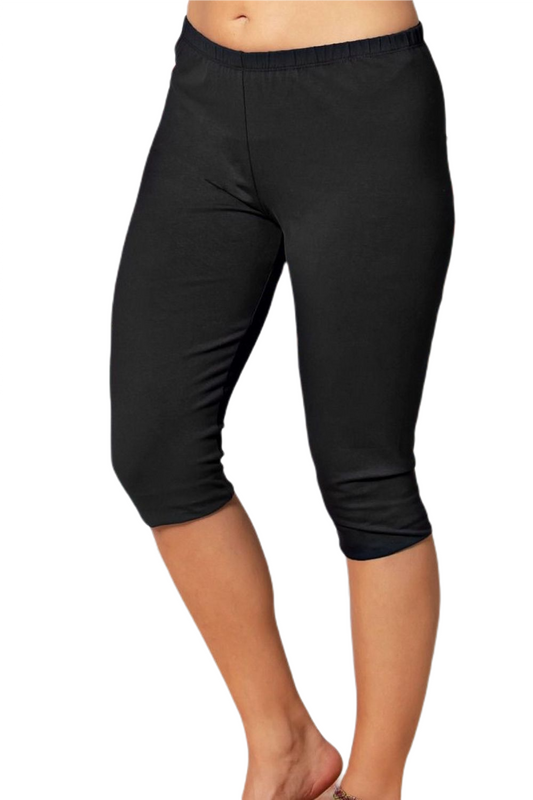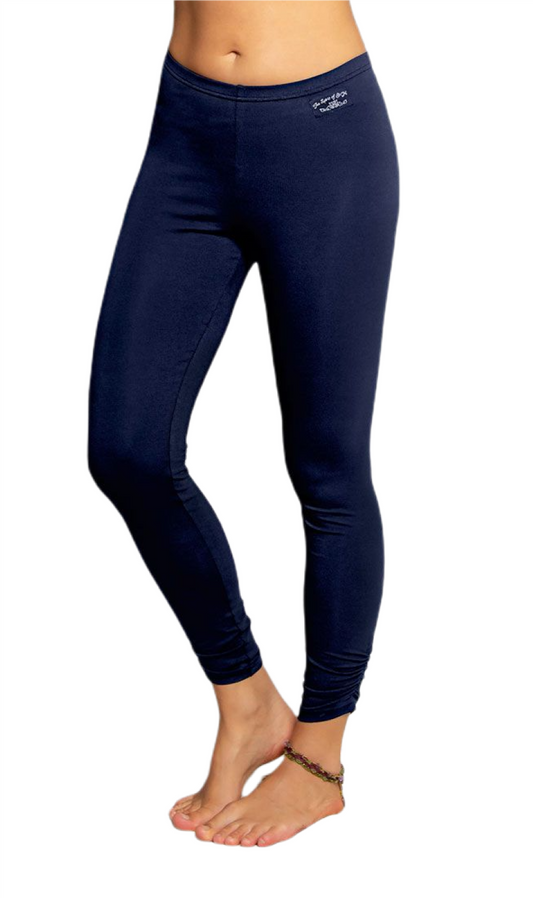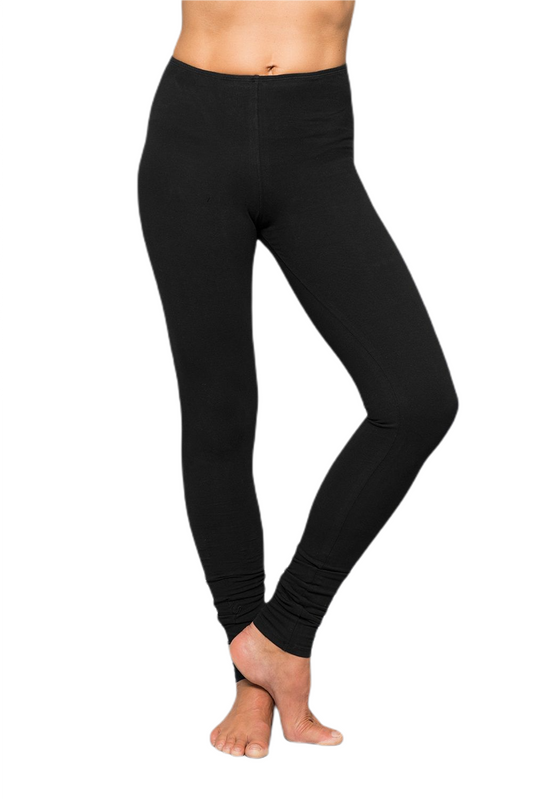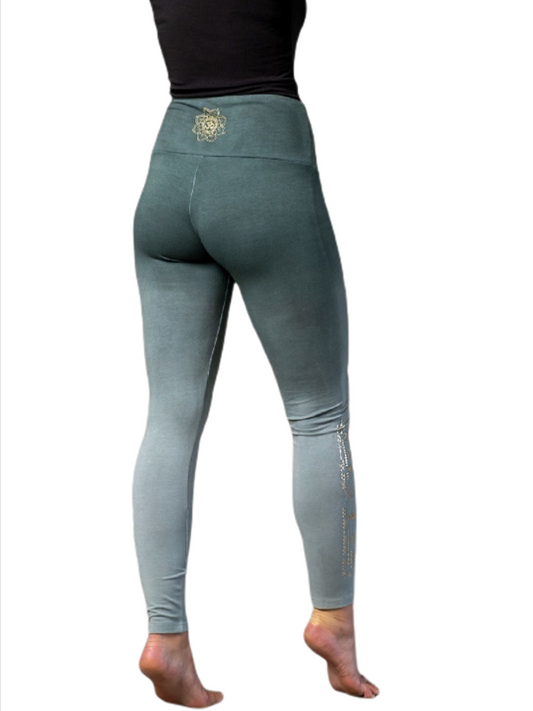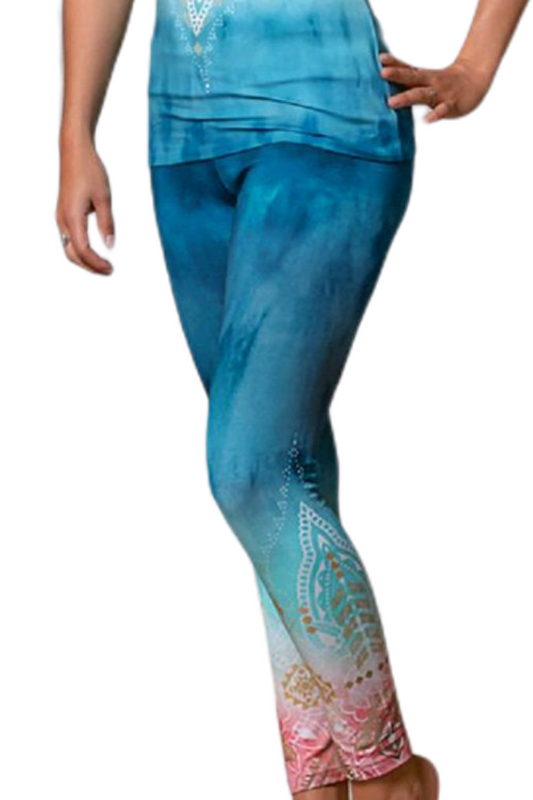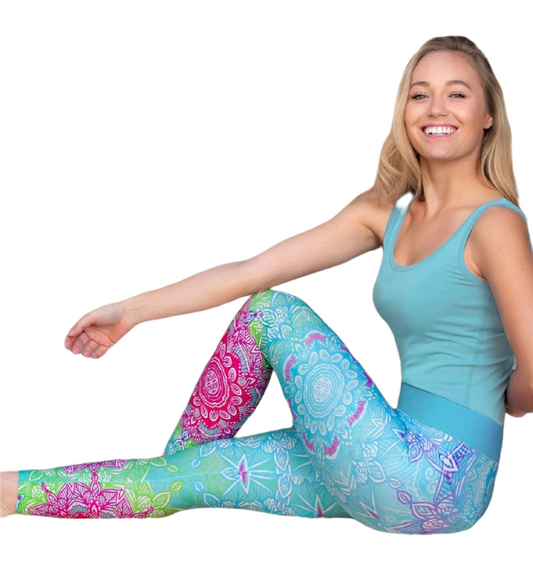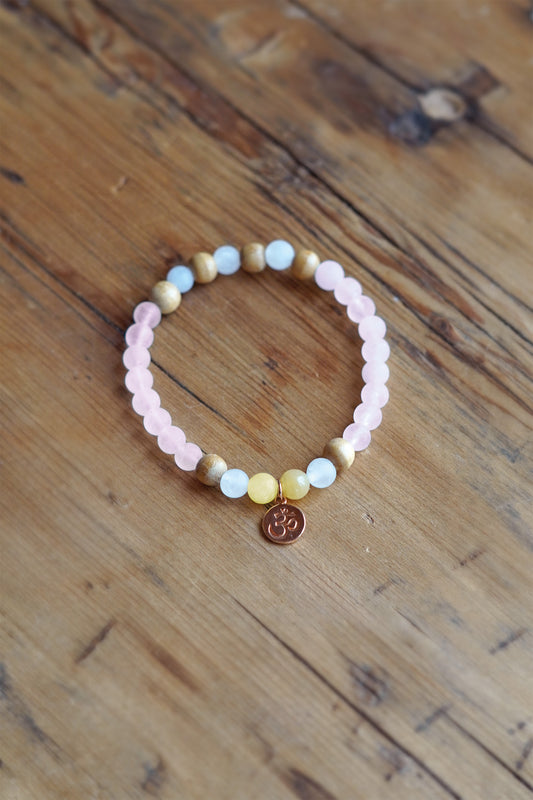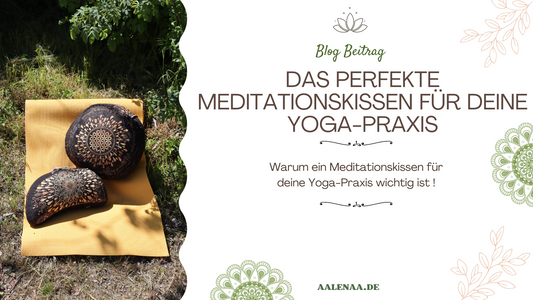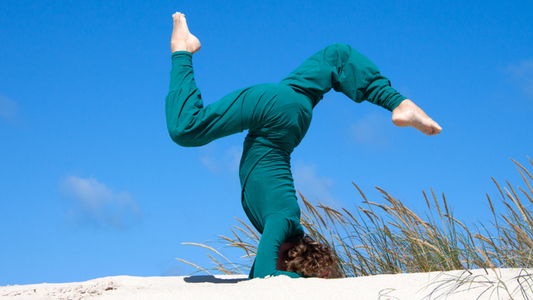Meditative Hatha Yoga: masters of relaxation
Would you like more relaxation in your life? Do you sometimes have the feeling that you can hardly pull yourself together for more active yoga practices? Then you've come to the right place, because we'll introduce you to the world of meditative yoga and its relaxation techniques!
What does meditative hatha yoga mean?
Meditation and yoga – aren't the terms actually inherent? Yes and no, because in the 21st century we often encounter yoga as a sporty, primarily physical practice. It is actually a holistic lifestyle that is also lived off the mat.
Meditative yoga puts the physical practice aside and focuses on relaxation techniques and breathing practice. These can also be of a physical nature, but it is not necessarily about building more strength or flexibility, but about calming the body and mind - which is also the actual goal of yoga.
Where does meditative hatha yoga come from?
Actually, you should turn the question around, because all other yoga styles actually come from meditative yoga. For example, did you know that the first posture written down by sage Patanjali is the meditation seat? Meditative yoga is the origin of physical yoga and thus leads us back to the roots. Nevertheless, modern elements are being introduced into practice today (see instructions below), which closes the circle again.
Most of the time, meditative yoga means meditative hatha yoga, but you can practice almost any style of yoga meditatively by incorporating more relaxation techniques and putting the physical aside.
Meditative Hatha Yoga: What does it bring me?
In a world as hectic as ours, many are feeling increasing mental stress. The remedy for this is offered by meditative yoga: relaxation. By practicing more breathing practice and relaxation exercises, you will find yourself becoming more resistant to stress, recovering faster and replenishing resources that are depleted by stress.
If you practice more relaxation in everyday life, you will notice that this also has a positive effect on the quality of your sleep. Not only can you sleep deeper, but it also gives you tools when you wake up at night to relax your body and mind and get back to sleep.
Why do I do meditative Hatha Yoga?
The simple answer to that is: for you, and for you alone. And to do something good for you, to ground you and find your center again. You allow yourself to experience less on a physical level and more on a mental and spiritual level. As soon as you feel balanced again, this will also affect those around you and your relationships.
How do I practice meditative Hatha Yoga?
There are different ways to practice meditative yoga. Starting with a breathing exercise, like Nadi Shodhana, through progressive muscle relaxation to a meditative Vinyasa sequence. Here it depends on what you perceive as a relaxation exercise - but the physical should not dominate.
What could 30 minutes of meditative Hatha Yoga look like?
To get a concrete idea of what 30 minutes of meditative yoga could look like, we have selected a few examples for you.
Click here for the meditation cushions from Aalenaa:
self-massage
Before you start your breathing and meditation practice, give yourself a few moments of mindfulness and self-love in the form of a self-massage. You can massage your face, hands or feet. Gently stroke the body part and find out what is good for you. You will notice how good you feel afterwards.
breath observation
You sit on a yoga block or pillow with your pelvis elevated, place your hands on your chest and abdomen and connect with your breath. You consciously perceive how it flows into the body, where you feel it, and how it leaves the body again. Stay here for 5 minutes.

child posture
After that, push yourself into a child's pose that's comfortable for you, perhaps on a bolster, and stay here for 3 minutes while observing your breath.
Viparita Karani
Put your feet up - in the truest sense of the word. For the relaxation exercise, choose a wall, door or window front and slide your pelvis close enough that you can rest your legs on the wall. Here you stay for 5 minutes and also connect with your breath and allow yourself to get heavy.
https://www.youtube.com/watch?v=gjK6Mbm-gOs
Progressive Muscle Relaxation
In the supine position, you begin to contract individual body parts such as legs and arms with the inhalation and then suddenly release them with the exhalation. Work your way up from your feet to your head here. Stay with this relaxation technique for about 5 minutes.
https://www.youtube.com/watch?v=FR024Gh7-Xs&t=769s
Savasana with body travel
After your muscle relaxation, the body remains motionless. You can stay here in silence, or let your inner eye go on a journey, for example to a place where you feel safe and secure. You stay in Savasana for about 5 minutes.
Vipassana meditation
The lesson ends as it began: sitting down. For your concluding Vipassana meditation you connect with your breath and let your thoughts move on. You allow yourself to just be here without actively doing anything. Meditate for 5 minutes or longer.
Conclusion
Meditative Hatha is good for you and your soul. Even just 5 minutes of relaxation exercises can accompany you throughout the day, grounding and centering you. So what are you waiting for: already relaxed today?
Here are the mats for your meditation from Aalenaa:
